Permanent Exhibition Art Treasure Handed Down by the Ii Family
Permanent Exhibition
Art Treasure Handed Down by the Ii Family

Warriors’ Equipment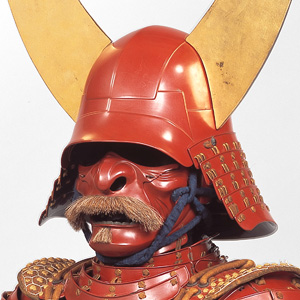
Since ancient times in Japan, a samurai warrior and his household were called “a house with bow and horse”. Accordingly, a samurai would be a master of archery and horsemanship in addition to being a vigorous fighter in magnificent arms and armor.
In the Edo period (1615-1868), suits of armor, swords, trappings, bows and other arms were manufactured with the utmost skill and craftsmanship – as they were the most important possessions of the military class which ruled the country at that time.
Consequently, arms and armor became objects of high artistic value. The Hikone fief’s samurai troops – known as the “the Ii family’s red guards” – were famous for the red-lacquered suits of armor which they all wore; from the Lord Ii himself down to the common soldier.
Collection “Swords and Weapons”
The Beauty of Yugen or the Subtle and Profound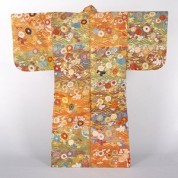
The Noh play, which was highly valued as a formal entertainment of the military class, developed into its present form during the Edo period. The Noh costumes and other Noh properties exhibited here date from Japan’s early modern period.
Reflecting the Japanese aesthetic sense which had been refined with the passage of time, their unique designs have, even to the modern eye, preserved their originality.
Collection “Noh Masks and Costumes”
The World of Suki or the Tea Ceremony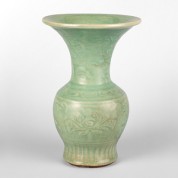
The tea ceremony was important as one of the necessary accomplishments of a samurai in the Edo period. Successive heads of the Ii family collected a great number of tea ceremony utensils – each a masterpiece of its kind – which clearly shows the high status of the leading daimyo family in hereditary vassalage to the Tokugawa shogunate.
Collection “Tea Ceremony Utensils”
The Tradition of Gagaku Music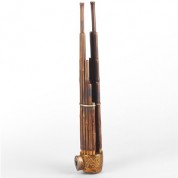
Ii Naoaki (1794-1850), 12th lord of the Ii family of the Hikone domain, took a keen interest in Gagaku (court music) and even performed the music himself. His collection of musical instruments used for Gagaku is noted as one of the best in Japan – both in quality and in quantity.
Collection “Gagaku Instruments”
Elegant Pastimes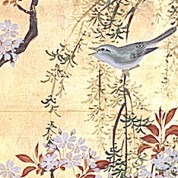
Various practices were established in Japan in the pursuit of a varied and rich everyday life. One such practice is the decoration of a room with tasteful furniture and hanging scrolls of calligraphy or painted screens. Another is the design and production of a rich variety of furniture in early modern Japan. These items are beautiful examples of handcraft in which utility and artistic values are combined.
Collection “Paintings and Calligraphies”
Old and Rare Documents Shedding Light on the History and Culture of Hikone
The Ii family archives contain many ancient documents and historical materials, including Hikone-han Ii-ke Monjo (The Ii family archives, 27,800 manuscripts, National Important Cultural Property). It is through these important historical records that the Daimyo’s lifestyle and the political climate of the time are known.
Collection “History and Culture of Hikone”


